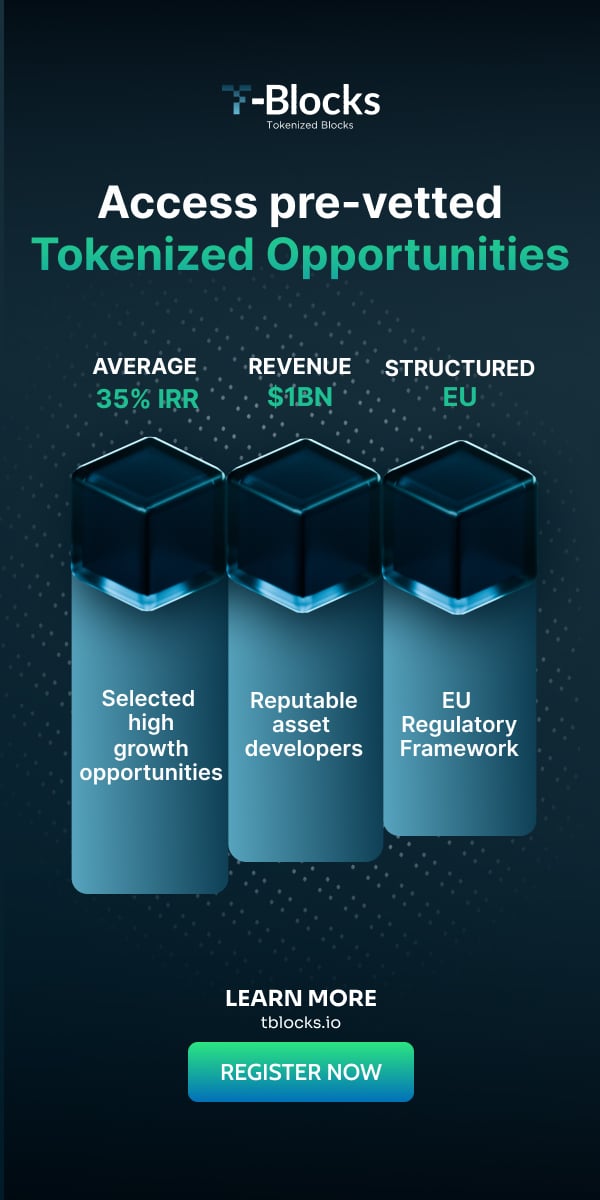Asset tokenization is sometimes described as the first reliable bridge ever between the space of blockchain & crypto and the ‘old’ world of finance, investment and regulation. Hong Kong-based Liquefy is yet another example of a tokenization issuance platform established by a team from this ‘old’ world. In this interview Liquefy’s co-founder and COO, Oscar Yeung, tells about the ambition of being – probably – the first platform with a compliance protocol that covers all regions in the world.
Michael Juul Rugaard (MJR): For a start, could you please tell about the Liquefy platform?
Oscar Yeung (OY): Liquefy was established in 2018 by a team of founders who previously worked at BlackRock, Deutsche Bank and HSBC – we had diversified backgrounds in finance, technology and law. The founders shared a fascination with the potential of blockchain technology, but we also thought that it was misused in some ways, and we wanted to find new practical applications for blockchain. I believe that in the ICO downturn, people lost confidence in cryptocurrencies because there was often no fundamental value behind cryptocurrencies being sold. But along came the next generation of blockchain application in the form of security tokens, and because security tokens are by design backed by economic rights in assets, you know precisely what you own. You could hold tokens that prove you own a piece of real estate, a piece of art – or even sports teams.
Based on these possibilities, we started developing the idea of a tokenization platform for institutional firms. The basic concept behind Liquefy is transferring conclusive evidence of interests in real-world assets into digital form. Digital management of asset ownership makes record-keeping and interest transfer more efficient, which will unlock secondary market liquidity and unlock access to different investors around the world. Our technology allows investors to buy real assets through the blockchain.
Urgent need for education
MJR: Do you feel that you are struggling explaining potential clients from the traditional world the difference between the ICO space and the security token and STO space?
OY: I think that there is an educational element to it – there is a need for education because when people hear about tokens, they immediately associate the idea with Bitcoin. What we are doing is using the same technology to make something completely different. However, once you engage in a conversation and discuss the concepts behind the buzzwords, people understand the fundamental difference quickly. I’d say that goes not only for investors but for people approaching the issue from a regulatory standpoint as well.
MJR: In fact, that’s precisely why we started The Tokenizer. To help educate and inform people about these rather complex matters…
OY: Yes, and I think that’s what’s missing in the market right now.
MJR: Let’s go back to the Liquefy platform; what are the primary services that you are offering?
OY: Liquefy offers a comprehensive asset tokenization solution, which enables asset owners to leverage blockchain technology in issuing their securities or their assets digitally and subsequently transfer ownership. Asset tokenization typically includes three types of services: a Digital Company Secretary (DSC), Compliance-as-a-service, and a Corporate Action Management service. Those are the factors needed for the actual owners to use a platform like Liquefy to manage their issuance.
MJR: Could you be a bit more specific about these services?
OY: The Digital Company Secretary is a blockchain-based replacement of the register of members (ROM). Right now, the company secretary controls the record of asset ownership in the company, and these records are usually kept in a legal office, or on an excel spreadsheet, or even a piece of paper that lists out who owns what in the company. By putting this data onto the blockchain, record-keeping becomes much easier, and you can enable investors to see real-time records of what they possess. Also, the data on the digital ROM is protected by the nature of blockchain as an immutable distributed ledger. It could prevent situations such as inconsistent records resulting in two people being listed as owners of the same share at the same time.
Compliance protocol covering 50 jurisdictions
MJR: And what about the compliance services. You claim to have a compliance protocol that includes more than 50 jurisdictions, right?
OY: Yes, we developed the compliance protocol together with a law firm, and it allows us to automatically approve or disapprove any investment based on the definition of a suitable investor in the relevant jurisdiction.
This is one of the differentiators for Liquefy. Not all of our non-US competitors are operating in the US. And a lot of the US players tend to stay within the US because it’s a big enough market. But our target list expands throughout Asia and the US, and now the Middle East – so we want to make sure of the rules for each region’s investors to acquire the assets that we issue.
MJR: How about Europe? Is your protocol covering Europe or parts of Europe?
OY: Yes. We cover central Europe as well.
MJR: Are you still adding more jurisdictions to the protocol?
OY: Yes, all the time, actually, because regulatory requirements change over time. So we’ll keep updating the compliance protocol.
MJR: You said that the compliance protocol is a differentiating factor for your platform. What else differentiates Liquefy from its competitors? I mean, right now it seems as if there are almost as many issuance platforms out there as STOs, so why is it you believe that Liquefy has the quality it takes in this increasingly competitive market?
OY: I think in this field, it’s about having the right experience in the team. Some players rush into issuing thinking that it’s a technology process, which it is, but the technology itself is not the most complicated part, it’s the business part and how to structure a legally compliant deal. It’s also how to make sure that the regulators are satisfied with what you’re trying to do.
Our team not only has the tech components but also has long-standing experience from the financial industry to cater to the needs of our clients. I think that’s the most significant differentiator. Some traditional brokers want to enter the field but know nothing about tech. And there are tech players who don’t know anything about finance. We are kind of in the intersection, which I think will make us a valuable player in this industry.
Photo by Sean Foley on Unsplash
More Articles:
Ubitquity teams up with Swiss-based Mt Pelerin for asset tokenization
Maxonrow Launches Asset Tokenization Service True Asset Issuing (TAI)
You Might also Like





















